What 1,000 Calories of Different Foods Actually Looks Like
Calories aren’t always obvious. A plate that looks huge might be surprisingly light, while a smaller serving can carry more energy than you’d expect. Put side by side, 1,000 calories of different foods can look like a full spread or barely a snack. Here’s a look at how that number plays out across 15 everyday choices.
Cheeseburger

Credit: pexels
Two and a half cheeseburgers, or 14 ounces of beef, cheese, and buns, will get you to 1,000 calories. That’s nearly a full meal at any fast-food joint. In fact, a cheeseburger from a fast-food chain like McDonald’s can contain up to 550 calories in just one serving, thanks to the fatty beef and cheese. It’s easy to see how a seemingly small meal can quickly pack in calories.
Bananas
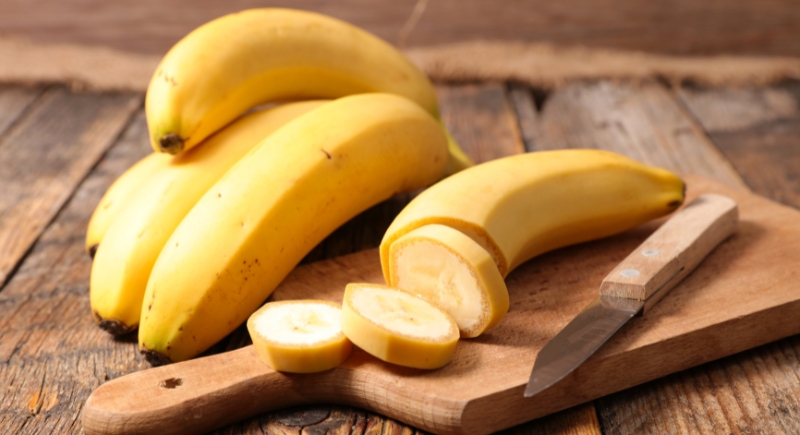
Credit: Getty Images
It takes about nine medium bananas—roughly 40 ounces—to reach 1,000 calories. Each one carries around 100 calories and a solid dose of potassium, about 9% of the daily value. Bananas have a reputation as a light snack, but stack them up and they add more energy than their size suggests.
Sushi

Credit: Getty Images
When most people think of sushi, they probably picture a light snack. But 26 pieces of this Japanese dish actually add up to 1,000 calories, weighing in at 24 ounces. The combination of rice, fish, and sometimes creamy fillings quickly adds up in terms of calories. Fortunately, the fish used in sushi, like salmon, is an excellent source of omega-3 fatty acids, which are great for heart health.
Fries
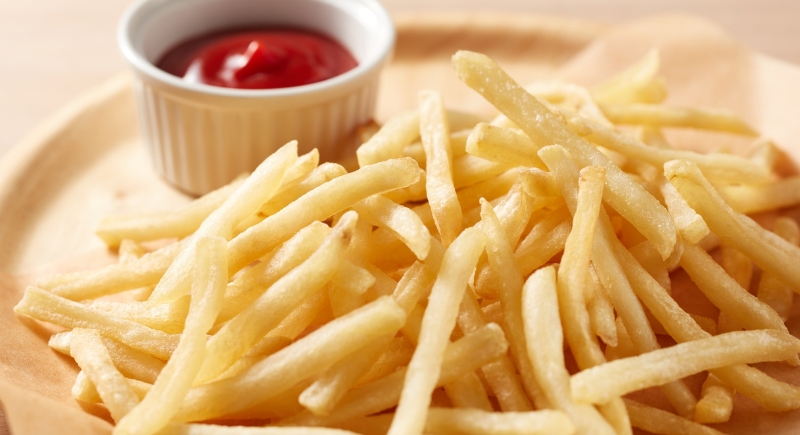
Credit: Canva
A pile of fries weighing 12 to 14 ounces adds up to about 1,000 calories. That’s more than you’d guess from something that usually comes in a paper cup. A single medium fast-food order can rival a small burger in calories, mostly because of the oil soaking into every cut of potato.
Cheesecake
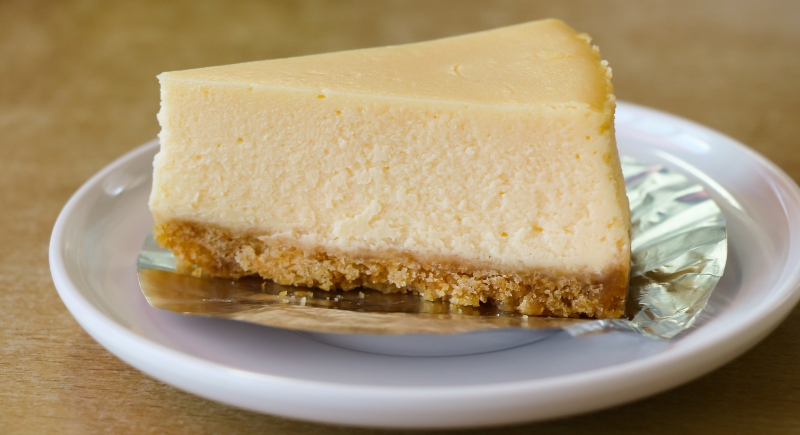
Credit: Getty Images
One slice feels harmless until you do the math. At around 250 calories a piece, it only takes five slices to hit 1,000. That’s roughly 11 ounces of dense, sugary filling and buttery crust. Cheesecake isn’t shy about what it is: rich, heavy, and the kind of dessert where “just a taste” still makes a dent.
Cucumbers
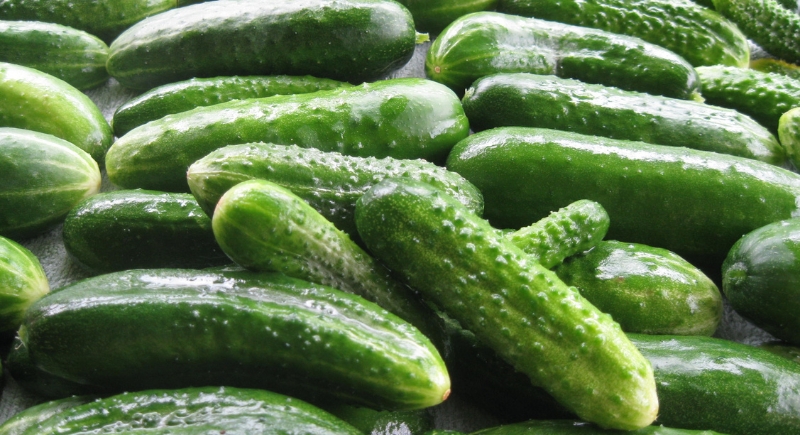
Credit: pixabay
Stack 17 cucumbers together—about 250 ounces of watery crunch—and you’ll finally cross the 1,000-calorie mark. They’re 95 percent water, so the bulk is massive while the calories barely move. More than a side salad staple, cucumbers also carry antioxidants that give them a nutritional edge.
Avocados
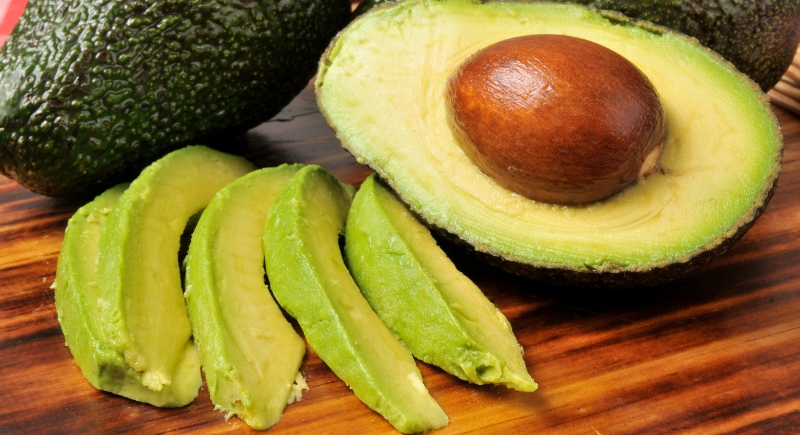
Credit: Getty Images
They have a reputation as one of the healthiest foods around, but avocados aren’t lightweights. The creamy flesh is loaded with heart-friendly fats and more potassium than a banana. That density comes at a cost: three medium ones, a little over 20 ounces total, add up to roughly 1,000 calories. Easy to polish off, harder to ignore once you add it up.
Hotdogs
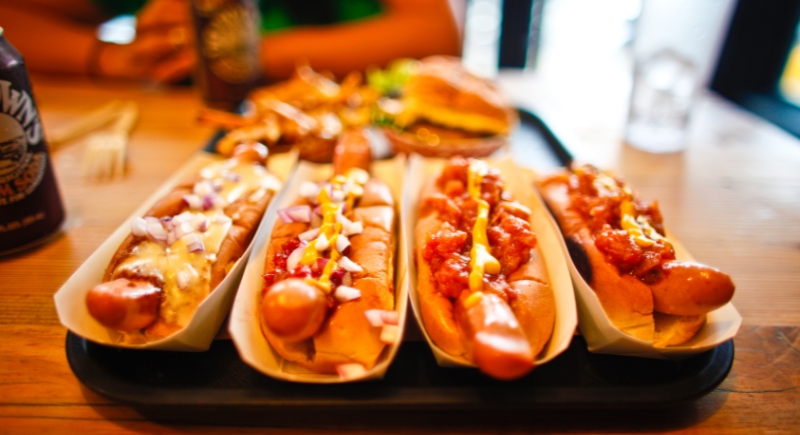
Credit: pexels
They show up at picnics and ballparks, usually gone in a few bites. The catch is that three of them, buns included, already put you near 1,000 calories. They’re quick, filling enough, but heavy on processing and preservatives like nitrates.
Scrambled Eggs
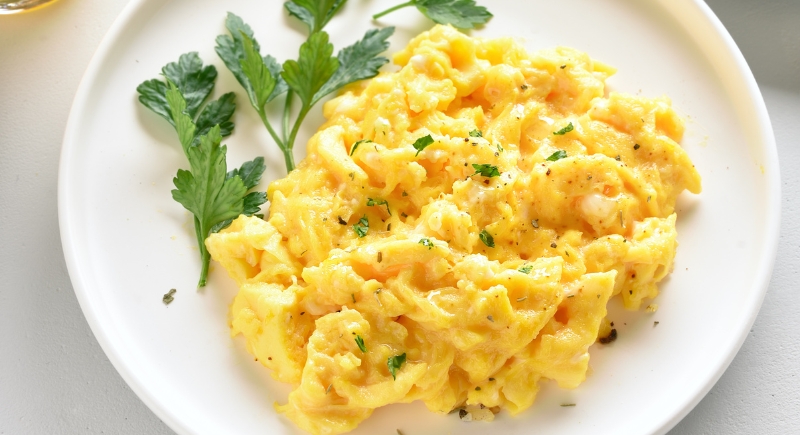
Credit: Getty Images
To hit 1,000 calories with scrambled eggs, you would need 17 of them. That’s 37 ounces of eggy goodness. While eggs are a great source of protein, with each large egg offering about 6 grams of high-quality protein, even wholesome foods like this can pack in more calories than you’d expect when you’re eating a huge portion, which can eventually be a problem for weight loss.
Milkshake
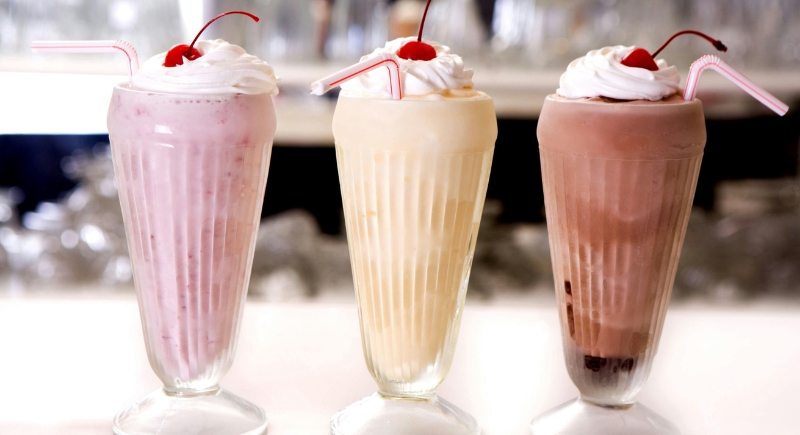
Credit: pexels
Though they seem like a harmless indulgence, milkshakes are calorie-dense, and 30 ounces (roughly three glasses) can deliver 1,000 calories. The combination of ice cream, milk, and syrup is what makes these drinks so rich in energy. While they provide beneficial nutrients like calcium for bone health and protein for muscle maintenance, the sugar content can be alarming. Many milkshakes contain up to 120 grams of sugar, which can raise your risk for weight gain, insulin resistance, and cavities if consumed too frequently.
Oranges
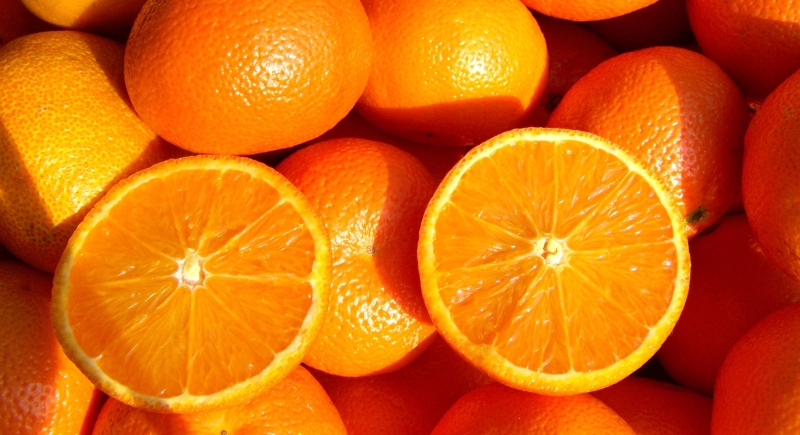
Credit: pixabay
Oranges feel light because each one only carries about 60 calories. But eat them in bulk and the math changes: roughly 16 will get you to 1,000. That works out to about five pounds of fruit, a lot of peeling for a single calorie target. What you do get along the way is plenty of vitamin C, one of the main reasons oranges hold their spot as a go-to fruit.
Potatoes
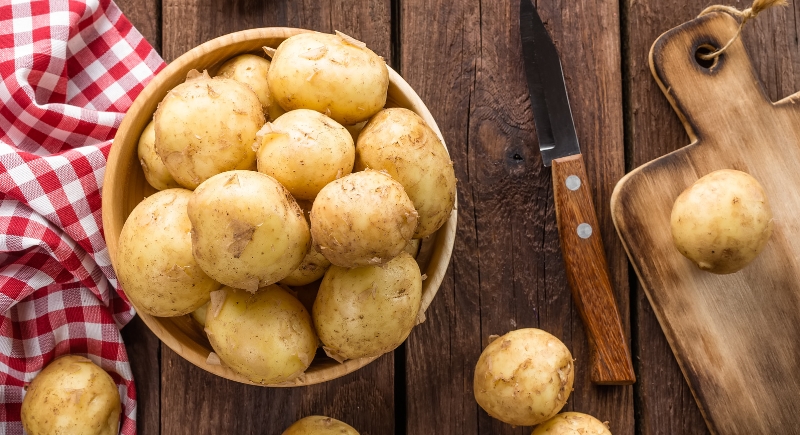
Credit: Getty Images
Potatoes are surprisingly versatile and nutritious because they offer fiber, vitamin C, and potassium. But here’s the problem: while they’re low in calories in their raw form, six medium potatoes, about 45 ounces, will deliver 1,000 calories. The real calorie bomb comes when you add butter, sour cream, or oil, which can quickly push the numbers up.
Cookies
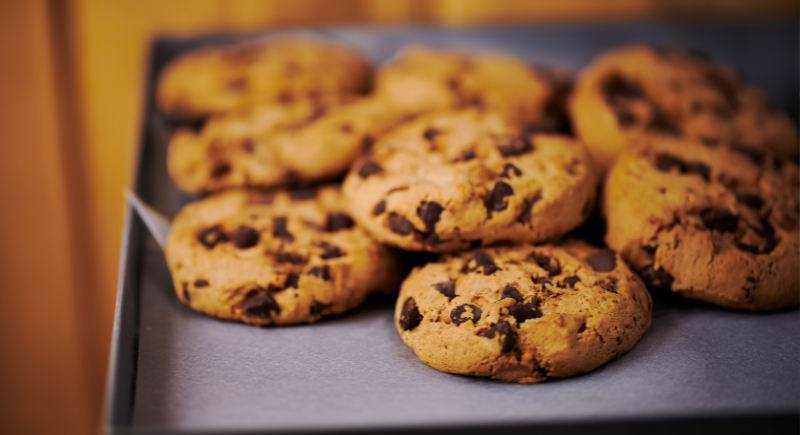
Credit: Canva
They don’t look like much on the plate, but cookies add up fast. Thirteen of them—just over seven ounces—come to about 1,000 calories. Most are built on sugar and butter, which makes them easy to overeat and tough on blood sugar when you go past a couple.
Grilled Fish
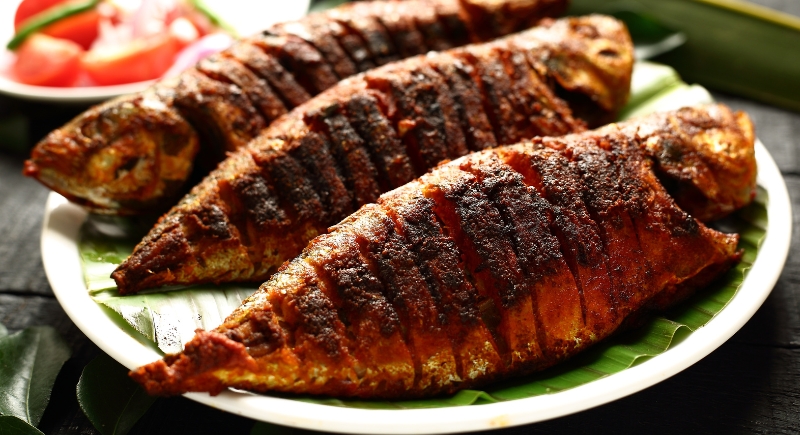
Credit: Getty Images
Fish is often seen as a lighter choice, but a large portion adds up. Around 26 ounces of grilled salmon—close to nine standard fillets—reaches 1,000 calories. That much fish brings a lot of protein and omega-3 fats, nutrients linked to heart and brain health. It’s one of the few foods on this list where you need a big serving to hit that calorie mark.
Chocolate Bars
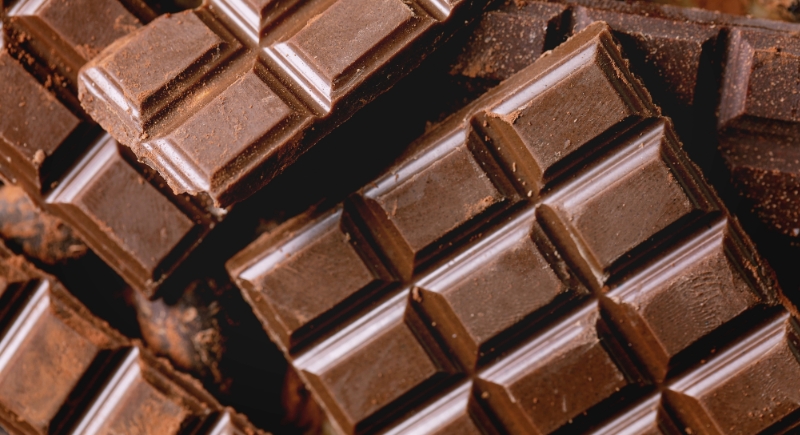
Credit: Canva
For chocolate lovers, a 1,000-calorie treat is just four and a half standard bars, about 7 ounces of indulgence. Whether it’s dark or milk chocolate, it’s all packed with sugar and cocoa butter. These small, bite-sized sweets are packed with energy, which is why they disappear fast without filling you up. Cocoa, the main ingredient in chocolate, also contains antioxidants that can benefit heart health.